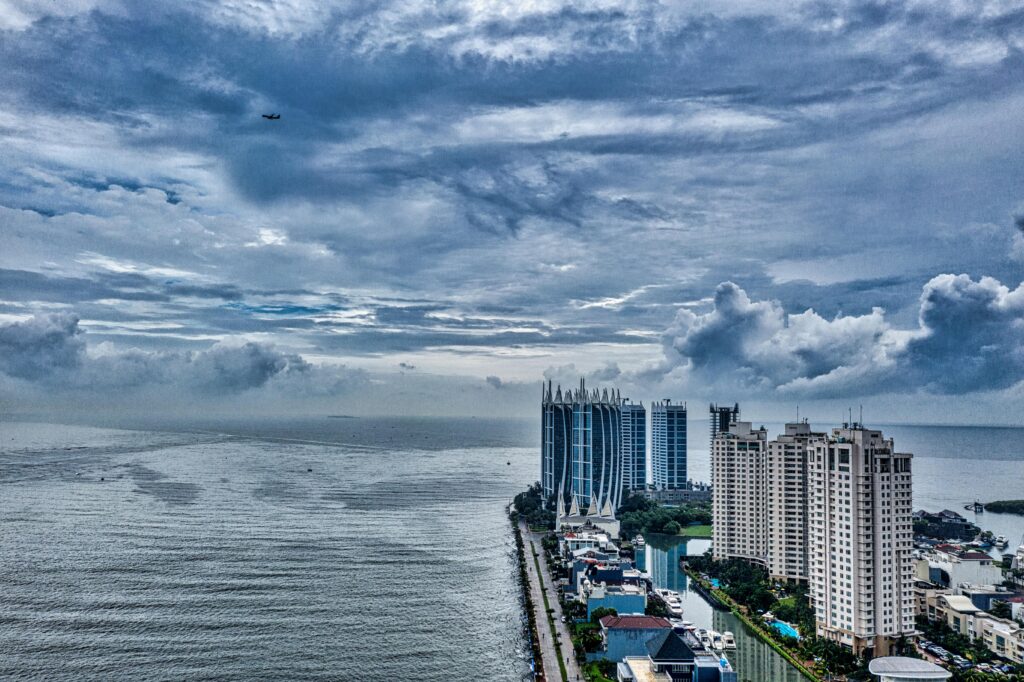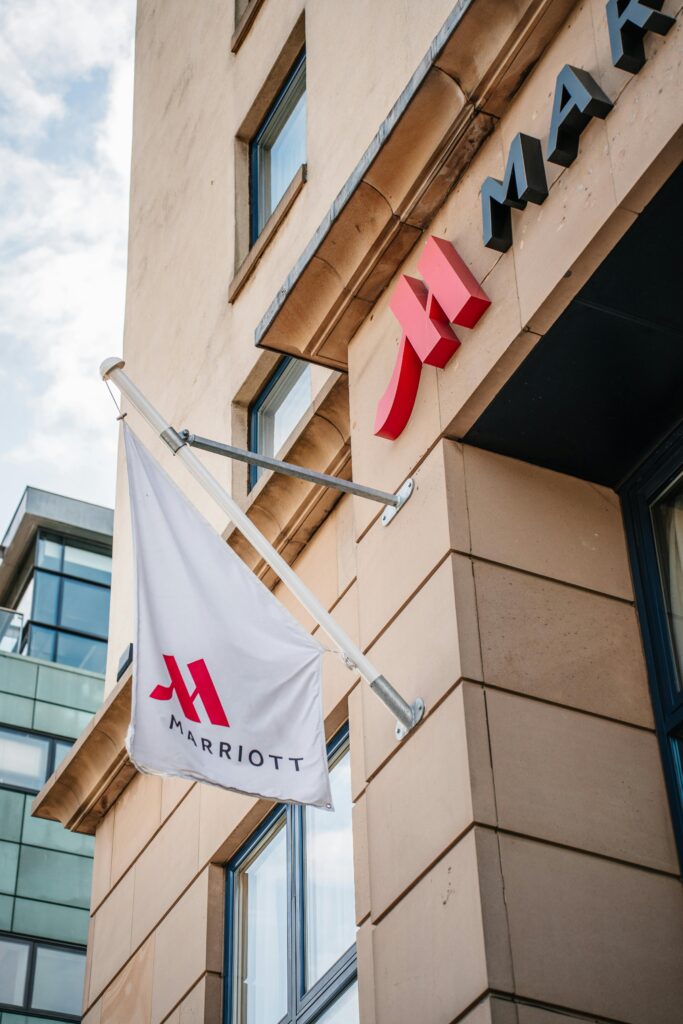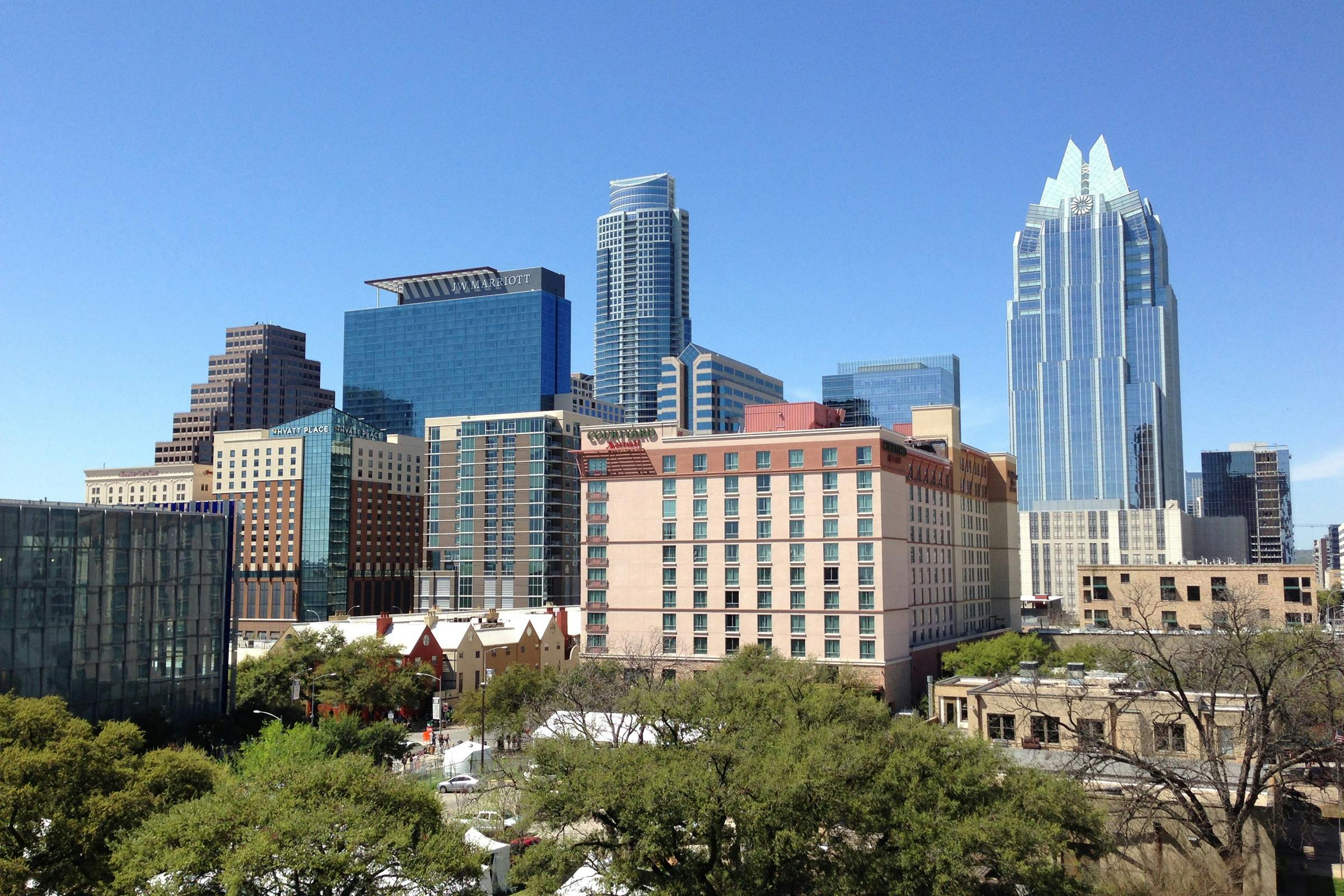On June 3, 2025, the McKinney City Council voted unanimously to provide roughly $15 million in property and sales‐tax incentives to support construction of a JW Marriott Resort on an 8-acre site adjacent to the TPC Craig Ranch golf course. Developed by Craig Ranch Luxury Hotel SPE Owner LP, this high-end resort represents a significant pivot in McKinney’s economic‐development strategy—leveraging luxury lodging to catalyze tourism, retail, and residential growth in one of North Texas’s fastest‐expanding cities. Below, we unpack the incentive package, the resort’s key features, the broader commercial context, and answer the most common questions about what comes next.

The Incentive Package: How McKinney Is Spurring Investment
- Property Tax Rebate (Chapter 380 Agreement)
- Under Texas Local Government Code Chapter 380, McKinney agreed to rebate up to $10 million of property‐tax revenue generated by the hotel over a 12-year period. In practice, as the property-tax rolls reflect the new valuation of the JW Marriott, the city will retain only a portion and return the balance to the developer—reducing the resort’s effective tax burden to roughly 50 percent of normal rates during that period.
- Sales Tax Incentive (Economic Development Program)
- Through McKinney’s Economic Development Program, the developer is eligible for a sales-tax reimbursement capped at $5 million. As the JW Marriott generates taxable sales—room charges, spa services, restaurant revenue, and event‐space rentals—McKinney will remit 75 percent of its one-half-cent local sales tax (the city’s portion) back to the developer until the $5 million threshold is reached.
- Infrastructure Support
- In addition to direct rebates, McKinney committed $2 million toward off-site road improvements—extending Van Tuyl Parkway and upgrading Colin McKinney Parkway intersections—to accommodate increased traffic and ensure seamless access to the hotel, golf course, and adjacent mixed‐use parcels.
- Performance Milestones and Claw-Back Provisions
- To guard taxpayer dollars, the agreement stipulates that construction must begin by December 31, 2026, and the hotel must open by April 30, 2029. If either deadline is missed, incentives are reduced proportionally—ensuring the developer can’t indefinitely defer investment.
Resort Details: What the JW Marriott Will Offer
- Size and Location
- The JW Marriott Resort McKinney Craig Ranch will stand 12 stories tall, with 290 guest rooms, including 60 suites. It occupies a prime corner at Colin McKinney Parkway and Van Tuyl Parkway, immediately adjacent to the TPC Craig Ranch course—home to the PGA Tour’s Byron Nelson event.
- Amenity Highlights
- Conference & Event Space: 51,575 sq ft of flexible meeting rooms and ballrooms, capable of hosting regional conventions, weddings, and corporate retreats for up to 1,200 attendees.
- Resort-Style Pool & Lazy River: A 10,000 sq ft pool deck with a winding lazy river, cabanas, and a poolside bar, designed to compete with similar resort offerings in Frisco and Plano.
- Dining Venues: A three-meal, full-service restaurant featuring farm-to-table Texas cuisine, a second casual café/bakery, and a rooftop lounge with panoramic views of the golf course.
- Recreation & Wellness: Two outdoor pickleball courts, a 24-hour fitness center, spa with five treatment rooms, hot/cold plunge pools, and a yoga lawn.
- Private Residences: 45 for-sale, hotel-branded condominiums on floors 10–12, each with private terraces and access to a secured owners’ lounge and fitness suite.
- Golf & Lifestyle Integration
- All hotel guests receive preferred tee times at TPC Craig Ranch. The resort’s membership wing includes reciprocal play and social privileges at nearby country clubs, aligning with luxury-travel trends that blend high-end lodging with premium golf access.
McKinney’s Growth Trajectory: Why the City Is Betting on a Luxury Resort
- Explosive Population Increase
- McKinney’s population has grown by nearly 17 percent since 2020—reaching around 225,000 residents in early 2025. This surge fuels demand for upscale hospitality as corporate relocations (Amazon, McKesson, and Meta have opened regional offices) bring business‐travel volumes that rival neighboring Frisco and Plano.
- Mixed-Use & Entertainment District Anchors
- The JW Marriott is part of a broader development canvas:
- Long Branch Mixed-Use Project: A $1.3 billion, 155-acre creation featuring 1,600 multifamily units, two six-story office towers (~319,000 sq ft), 135,000 sq ft of retail, a 100-room hotel (separate from JW Marriott), and a six-story garage.
- Lagoon & Adventure Park: A $200 million water-park complex scheduled to open in late 2026 near the hotel site, designed to draw regional day-trippers.
- 800-Acre Master-Planned Community: Up the road, a large, mixed-use neighborhood with single-family homes, townhomes, and new retail strips is already under construction—promising a built-in customer base for restaurants and shops.
- The JW Marriott is part of a broader development canvas:
- Competition & Market Positioning
- In North Texas, JW Marriott will become Texas’s sixth location (joining Austin, Dallas Arts District, Houston Downtown, Houston Galleria, and San Antonio Hill Country). McKinney does not currently have a true luxury brand in its portfolio—most hotels are select-service or midscale. By capturing high-yield corporate and leisure travelers, the city aims to climb the hospitality value chain.
- Civic & Tourism Benefits
- Job Creation: The resort is projected to create 400 permanent full-time positions (hotel management, F&B, spa, maintenance) and 600 construction jobs during the 30-month build-out.
- Tax Base Expansion: Even after rebates, the hotel’s valuation adds $30–35 million to McKinney’s property tax rolls by 2030, funding schools and public safety.
- Increased Convention Traffic: With 51,000 sq ft of meeting space, McKinney can now compete for regional convention bookings—an opportunity previously limited by lack of appropriately sized venues.

Details the Initial Reports Missed
- Residential Condominiums Above the Hotel
- Unlike many full-service hotels that treat residential components separately, this JW Marriott embeds 45 private units (ranging from 1,200 sq ft to 3,000 sq ft) on the top three floors. Amenity decks on the 9th floor offer a small fitness room, owners’ lounge, and a skydeck—the first of its kind in Collin County to blend hotel and condo living so seamlessly.
- Technology and Sustainability Commitments
- The developer has agreed to a LEED-Silver certification target. Rooftop solar panels will provide up to 20 percent of the resort’s common-area electricity. Water-efficient landscaping and gray-water reuse in restrooms are also stipulated. Fast-charging stations for electric vehicles will be installed in the 400-space parking garage.
- Phased Capital Expenditure Plan
- The $150 million project is being financed through a mix of equity from the developer’s private-equity arm and a construction loan from a regional bank. An initial $30 million equity injection was due upon issuance of the Chapter 380 agreement; the remaining equity contribution is scheduled upon groundbreaking. This phased approach was key to McKinney’s council approval, as it staggers risk.
- Projected Airbnb and Short-Term Rental Impact
- City planners estimate that the new resort will draw an additional 50,000 room nights per year from Collin County’s existing Airbnb and short-term rental inventory—effectively repositioning some of that capacity toward a branded, luxury product. Local STR operators are concerned about margin pressure but also anticipate spillover bookings during large conventions.
Frequently Asked Questions (FAQs)
Q1: Why is McKinney offering tax incentives to a luxury hotel?
Incentives help attract high-end developers who otherwise might overlook McKinney for established hubs like Dallas or Austin. The resulting jobs, tourism spending, and property-tax growth—net of rebates—are projected to generate positive returns for the city over 20 years.
Q2: How much taxpayer money is at stake?
Roughly $15 million over 12 years: $10 million in property-tax rebates and up to $5 million in sales-tax reimbursements. Actual payouts depend on the hotel’s performance; if it underperforms, the city’s rebate obligations shrink proportionally.
Q3: What happens if the hotel misses its construction deadline?
Per the agreement, if groundbreaking does not occur by Dec 31 2026, McKinney reduces rebate levels by 25 percent for each six-month delay. If the hotel fails to open by April 30 2029, all remaining incentive payments are forfeited.
Q4: Will this hotel compete with existing McKinney lodging?
Yes and no. While it will compete with midrange and boutique hotels on group-business rates, its ultra-luxury positioning and integrated residential offering set it apart—likely complementing rather than cannibalizing existing properties, especially during convention weekends.
Q5: How will traffic and infrastructure be managed?
The $2 million road-improvement package includes widening Van Tuyl Parkway, signal synchronization on Colin McKinney Parkway, and an expanded turning lane at the main entrance. City engineers anticipate more than 2,000 daily new vehicle trips; these upgrades aim to keep congestion acceptably low.
Q6: When can residents expect to see construction begin and end?
Site work is slated to start immediately after the first tranche of funding—anticipated in Q4 2025—once final building permits are issued. Vertical construction (drilling, foundation, steel) will begin by mid-2026, with a formal opening projected for spring 2029.
Conclusion
McKinney’s approval of $15 million in tax incentives for a JW Marriott Resort represents a calculated gamble: by subsidizing a luxury hospitality product, the city aims to capture new convention, tourism, and residential revenues that accelerate its rapid growth. Anchored by the TPC Craig Ranch golf course and surrounded by complementary mixed-use and entertainment developments, the resort is designed to become both a local landmark and a regional draw. As construction milestones roll out and the property takes shape, McKinney will watch closely to ensure that taxpayer investments yield lasting economic—and civic—benefits.

Sources The Dallas Morning News


